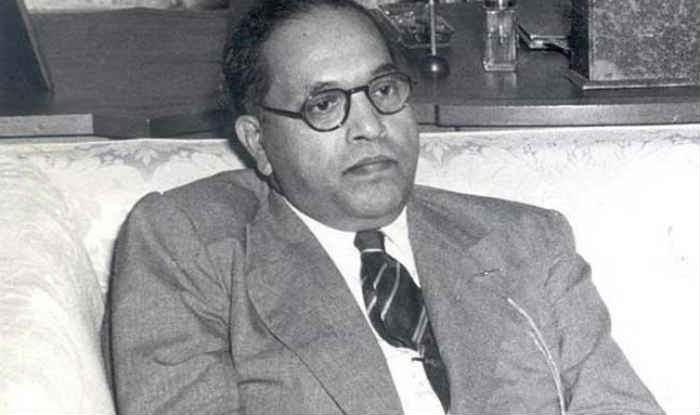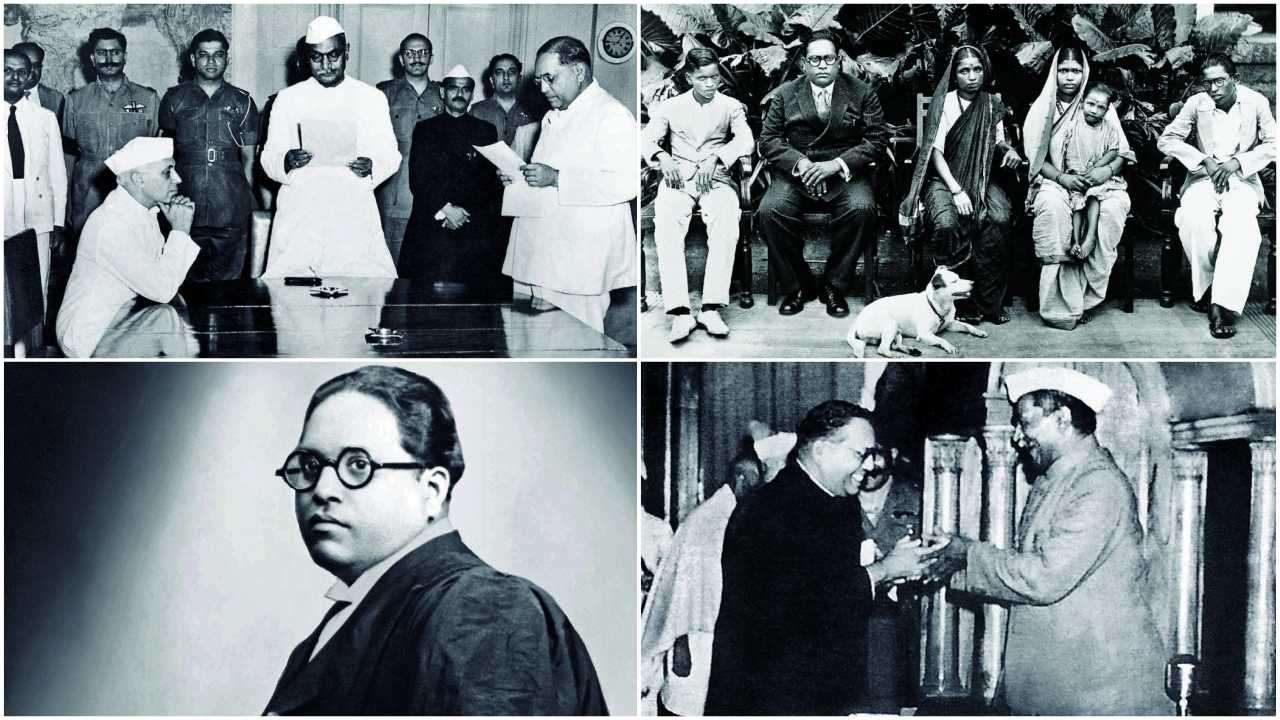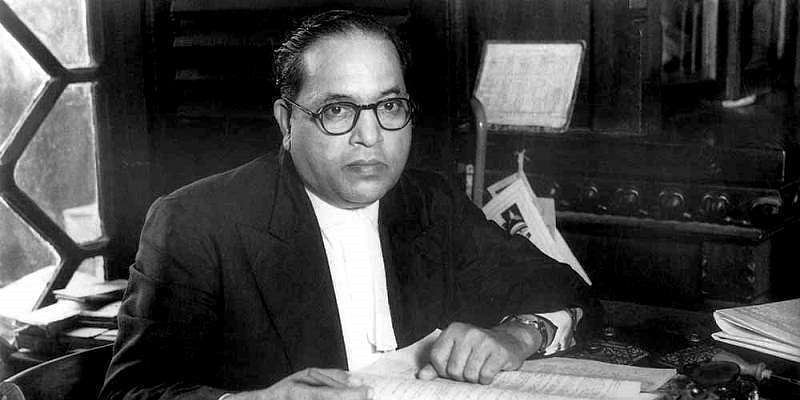An Indian jurist, economist, politician and social reformer who inspired many people & communities and campaigned against social discrimination towards the backward class people. He was independent India’s first law and justice minister, the major architect of the Constitution of India. Dr. Bhimrao Ramji Ambedkar was born on 14 April 1891 in the town and military cantonment of Mhow in Madhya Pradesh, India. He was the 14th and last child of Ramji Maloji Sakpal, an army officer who held the rank of Subedar, and Bhimabai Sakpal, daughter of Laxman Murbadkar. His family was of Marathi background from the town of Ambadawe (Mandangad taluka) in Ratnagiri district of modern-day Maharashtra in India. His original surname was Sakpal but his father registered his name as Ambadawekar in school, meaning he comes from his native village ‘Ambadawe’ in Ratnagiri district. His Devrukhe Brahmin teacher, Krishna Keshav Ambedkar, changed his surname from ‘Ambadawekar’ to his own surname ‘Ambedkar’ in school records. Ambedkar was born into a poor low Mahar (dalit) caste, who were treated as untouchables and subjected to social discrimination.

Dr. Bhimrao Ramji Ambedkar also known as Babasaheb Ambedkar was a prolific learner, earning doctorates in economics from both Columbia University and the London School of Economics, and gained a reputation as a scholar for his research in law, economics and political science. In his early career he was an economist, professor, and lawyer. His later life was marked by his political activities, he became involved in campaigning and negotiations for India’s independence, publishing journals, advocating political rights and social freedom for backward communities, and contributing significantly to the establishment of the state of India.
In 1990, the Bharat Ratna, India’s highest civilian award, was lately conferred upon Ambedkar.
In 1906, when he was about 15 years old, his marriage to a nine-year-old girl, Ramabai, was arranged. He cleared his matriculation in 1907-08 from Elphinstone High School, in the year 1912 Ambedkar obtained his graduate degree in Economics and Political Science from Bombay University. In 1912 Bhimao’s father Ramji Sakpal died in Bombay, with the financial support of Gaekwad ruler of Baroda, Sahyaji Rao III he completed his Post Graduation (Economics) in 1915 by presenting a thesis titled ‘Ancient Indian Commerce’. In 1916, he enrolled in the London School of Economics and started working on his doctoral thesis titled “The problem of the rupee: Its origin and its solution”. In order to continue his further studies, he went to England in 1920 at his own expense. There he was received the D.Sc by the London University. In 1927, he received his Ph.D. degree in Economics. And in June 1927, he was awarded a Doctorate by the University of Columbia.

What was his role in the round table conference? – Ambedkar participated in all three round table conferences in London and demanded separate electorate for untouchables which were opposed by Gandhi and led to Poona pact in 1932.

How he contributed to social empowerment?
1. Education: He said that “It is the education which is the right weapon to cut the social slavery and it is the education which will enlighten the downtrodden masses to come up and gain social status, economic betterment and political freedom” In 1923 Baba Saheb founded ‘Bahishkrit Hitkarni Sabha to spread education among marginalized and to improve their economic conditions. He gave the slogan: “Educate-Agitate-Organize”.
2. Changing hierarchical structures of Indian society: He stood for a complete reorganization and reconstruction of the Hindu society on the principle of equality free from castism. He advocated a society based on three fundamental principles of liberty, equality, and fraternity.
3. Political party: He formed three political parties, viz. Independent Labor Party, the Republican Party of India and All India Scheduled Caste Federation which were instrumental in organizing Dalit community and raising voice in favour of Dalit community.
4. Reservation in the election: He represented the untouchables in the Round Table Conference in 1930. Due to his consistent ceaseless efforts, the Harijans were granted reservation of seat in the elections.
5. Bringing Untouchables to the mainstream of Indian society: He demanded justice to untouchables and other weaker sections of the society via making provisions in the Indian Constitution.

His role in framing Constitution of India – He played a leading role. He was appointed as the Chairman of the constitution drafting committee in 1947. Ambedkar was a wise constitutional expert, he had studied the constitutions of about 60 countries. Ambedkar is recognized as the “Father of the Constitution of India” . The text prepared by Ambedkar provided constitutional guarantees and protections to individual citizens for a wide range of civil liberties, including freedom of religion, the abolition of untouchability, and the outlawing of all forms of discrimination. He advocated extensive economic and social rights for women and won the support of the Assembly to introduce a system of reservations for members of scheduled castes and scheduled tribes and Other Backward Class in the civil services, schools, and colleges. He laid emphasis on religious, gender and caste equality. Even Ambedkar recommended the adoption of Uniform Civil code to bring reform in the Indian society.

Ambedkar was trained as an economist, and was a professional economist until 1921, when he became a political leader. He wrote three scholarly books on economics:
1. Administration and Finance of the East India Company
2. The Evolution of Provincial Finance in British India
3. The Problem of the Rupee: Its Origin and Its Solution
The Reserve Bank of India (RBI), was conceptualized as per the guidelines,working style and outlook presented by Dr. B.R. Ambedkar in his book titled “The Problem of Rupee – Its origin and its solutions ” and presented to the Hilton Young Commission. The bank was set up based on the recommendations of the 1926 Royal Commission on Indian Currency and Finance, also known as the Hilton–Young Commission.
He passionately believed in individual freedom and criticized caste society. He has given thought full message to the society “Be Educated, Be Organised and Be Agitated.
Slight references taken from wiki, yourstory and manifestias


